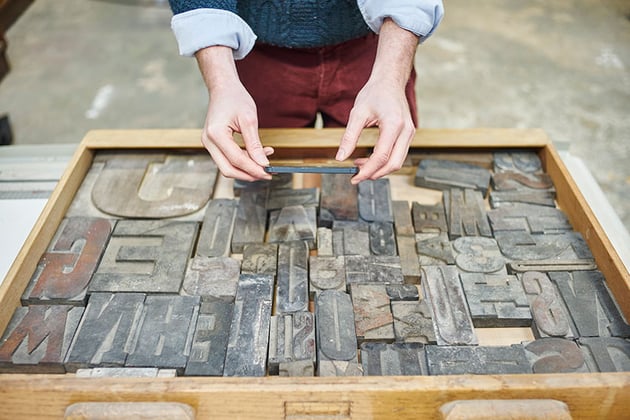What do dreamy muses covered in flowers, delicate swirly lines, and acid-tripping 60s rock posters all have in common? They’re influenced by the Art Nouveau movement.
In this article, we will look at one of the most enduring art styles and show you why it’s never gone out of fashion. We’ll explain what Art Nouveau is, discuss its key influences and characteristics, like Japanese art and Art Nouveau women, explain the difference between Art Deco and Art Nouveau, and show how it’s influencing subsequent styles.
And if you love video content, be sure to watch this new video from the Envato Tuts+ YouTube channel:
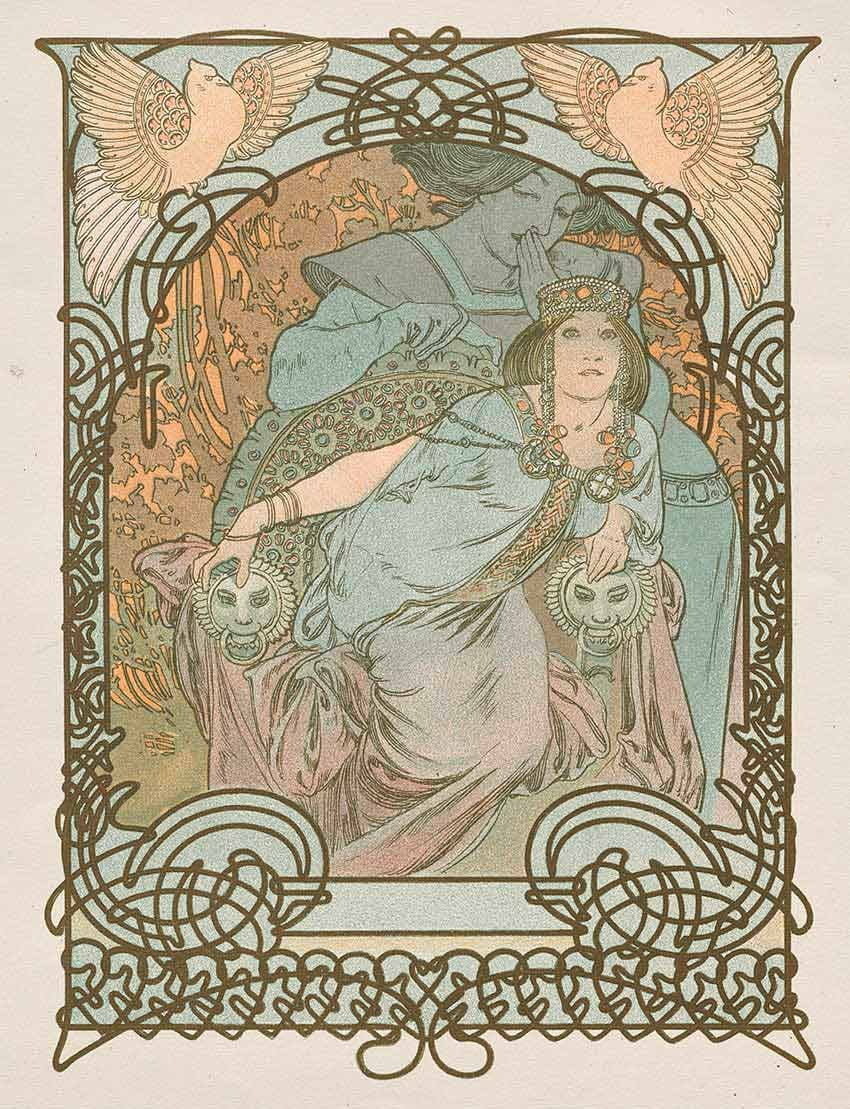
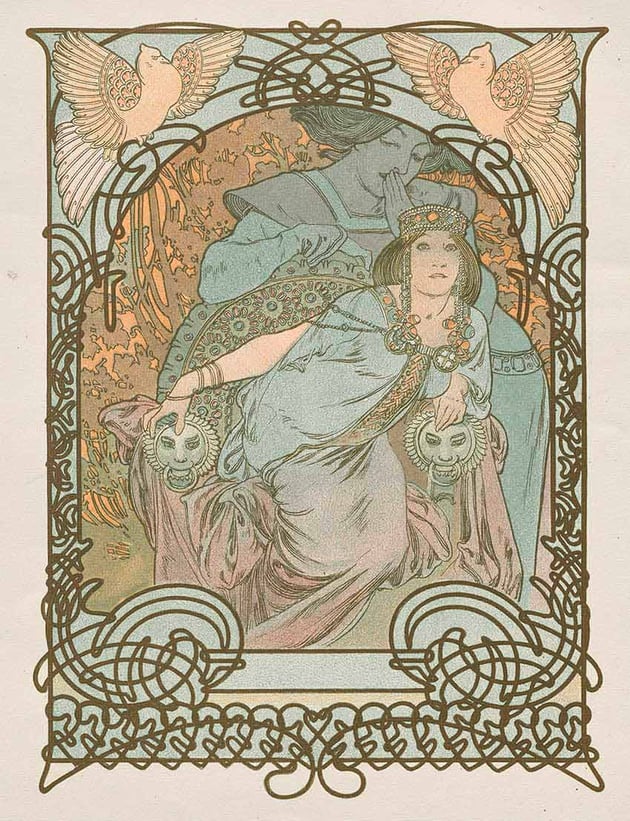
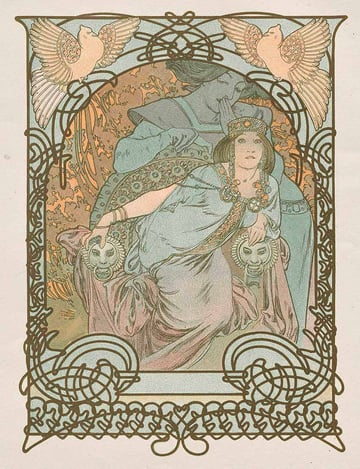
1. Origin of the Art Nouveau Style
The term “Art Nouveau” was first used in the 1880s in the Belgian journal L’Art Moderne to describe the work of Les Vingt, twenty painters looking to make change through art. Art Nouveau spread to the rest of Europe from Belgium and France at the turn of the century. It was a style that influenced all sorts of creative disciplines, like architecture, interior design, jewelry, furniture design, object design, and graphics.
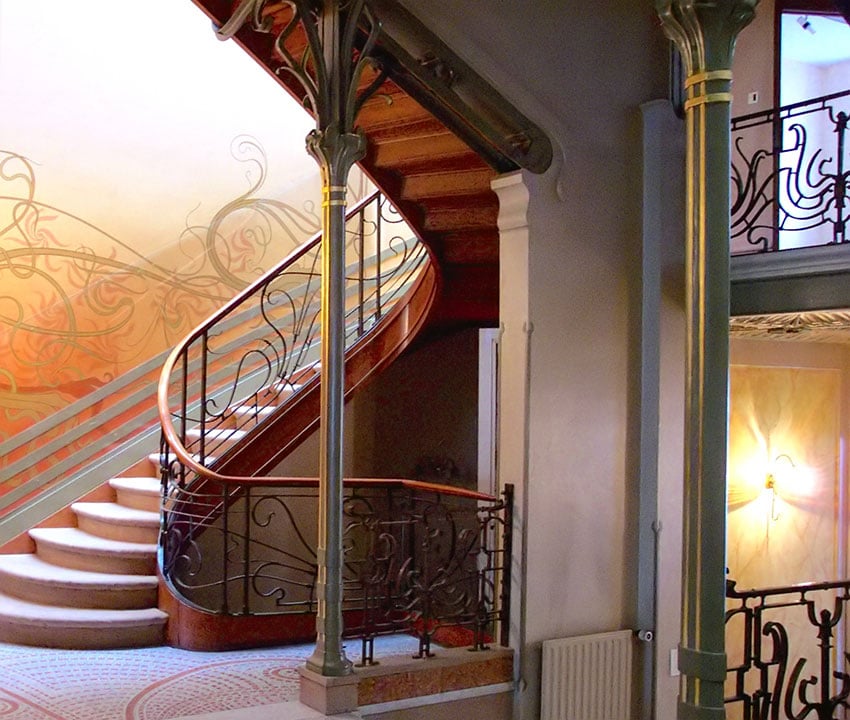
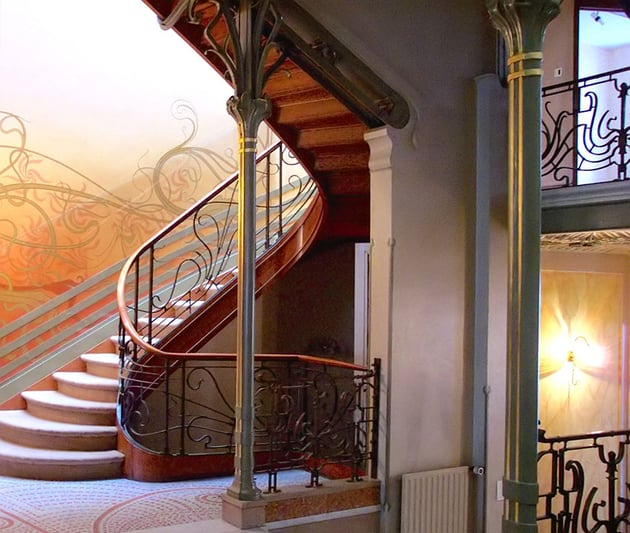
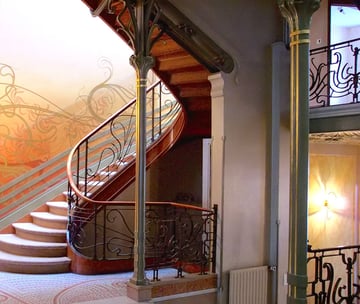

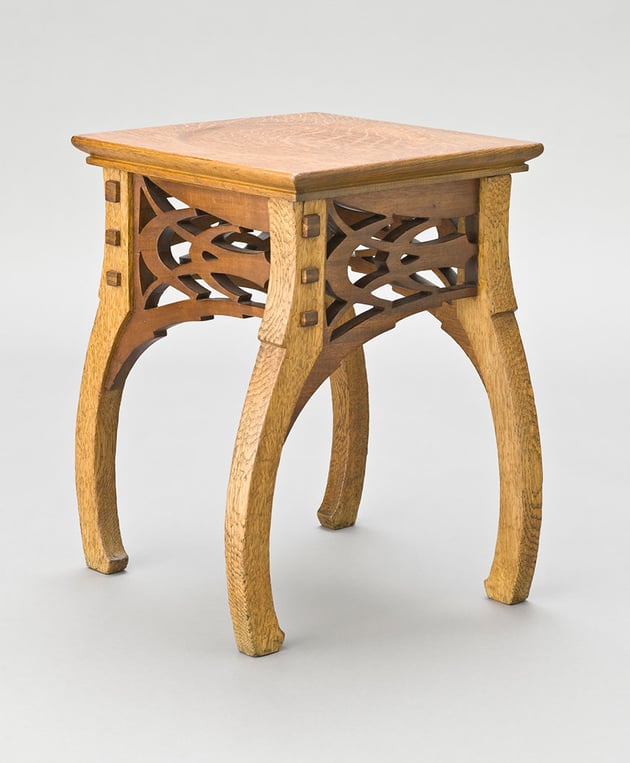

What Is Art Nouveau?
The key idea behind Art Nouveau, which means “new art”, was to bring high art to the masses. Art Nouveau could easily have become devalued by its popularization, but I believe it brought even more appreciation because of the craft element that was attached to function. British designer William Morris, who led the Arts and Crafts movement in the late 19th century, wanted to eliminate the gap between fine art and the lesser applied or decorative arts.
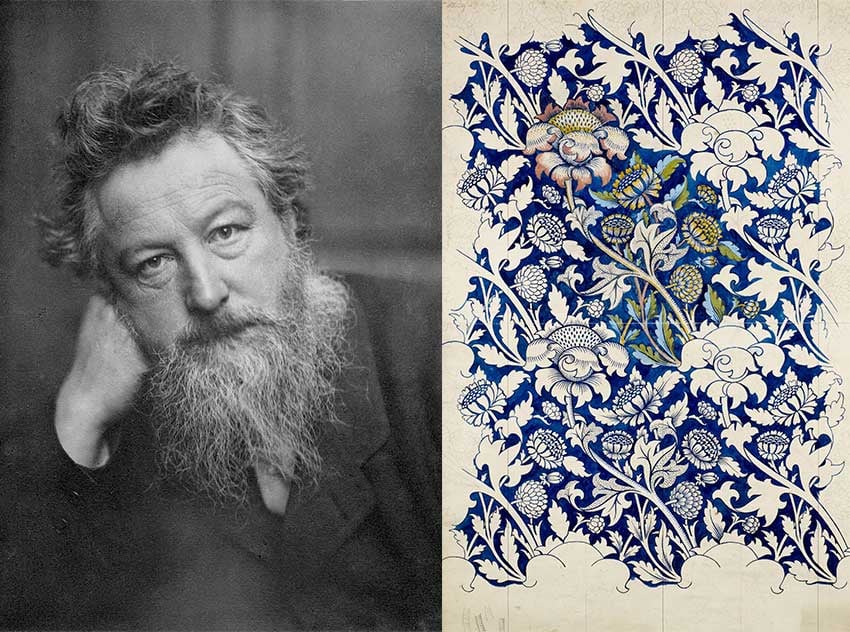

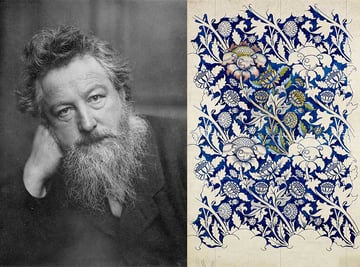
Through this ideal, Art Nouveau allowed everyone in society to have access to beautiful and functional art. At the same time, he dreamt of a new form of art that would be more appropriate to the inventions of the Industrial Revolution. Mass production wasn’t as welcomed in Art Nouveau as artists saw it could devalue the craft and bring uniformity. The famous group Les Vingt suggested blending fine arts, crafts, and function, arriving at Art Nouveau.
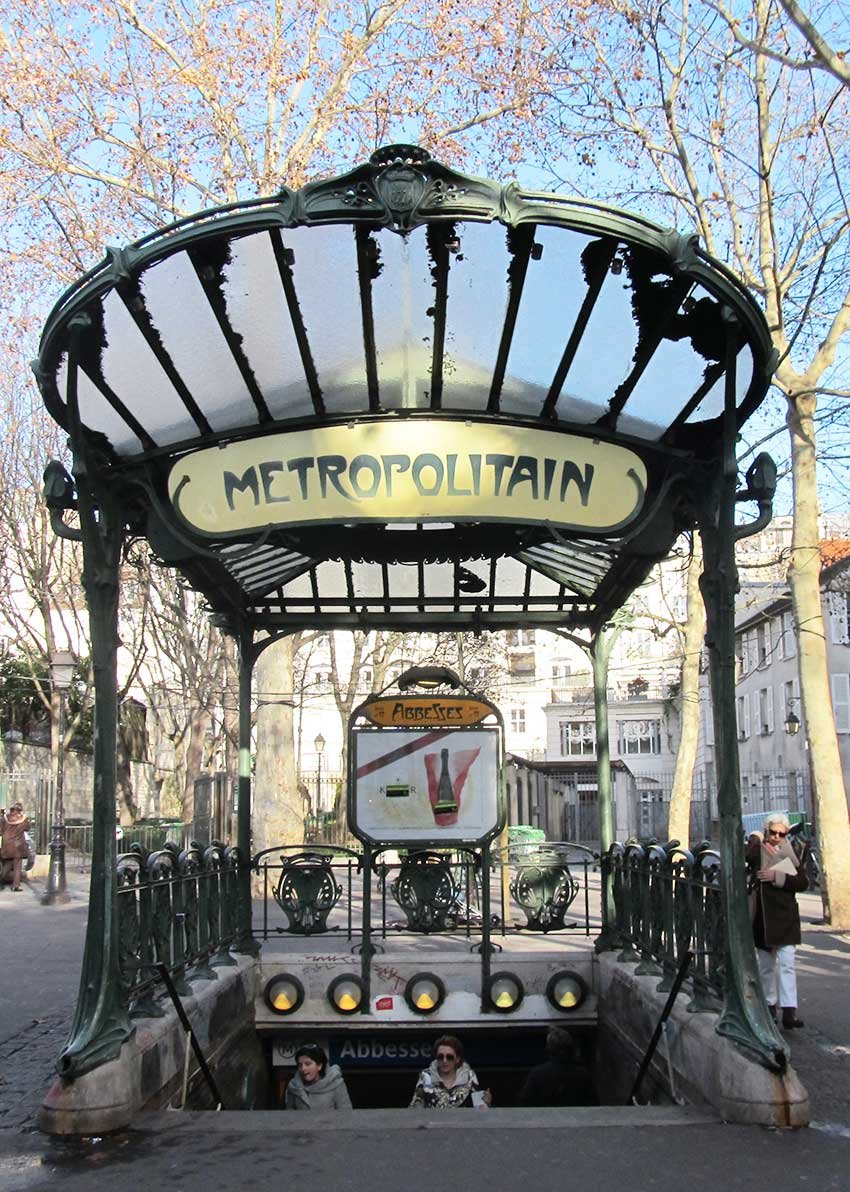
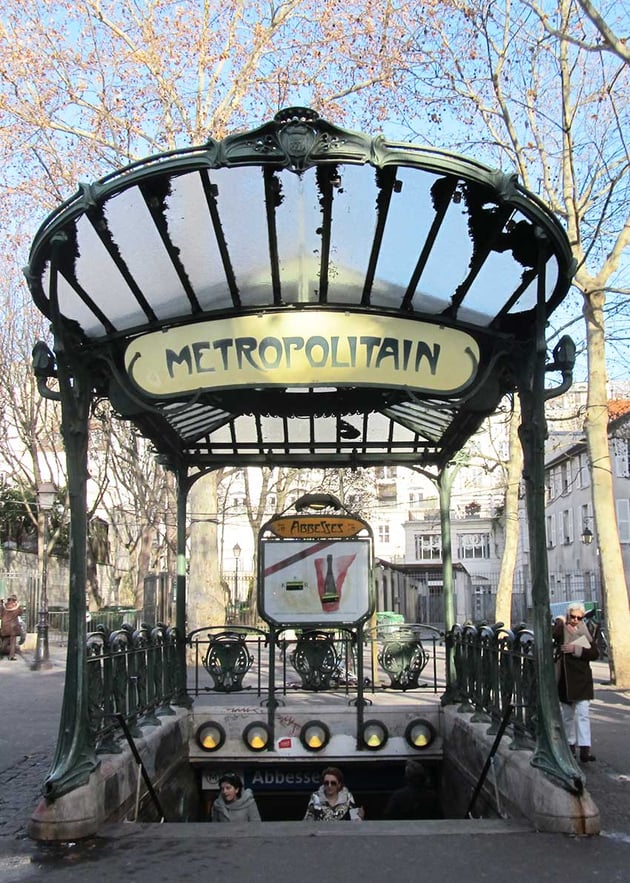

Ironically, Art Nouveau wouldn’t have been able to reach international influence had it not been for mass production. The Industrial Revolution brought accessibility to new materials like iron, glass, and concrete, which allowed the creation of buildings and the most beautiful objects. These materials allowed people from different classes to have access to ‘the finer things in life’, which was the goal of Art Nouveau.

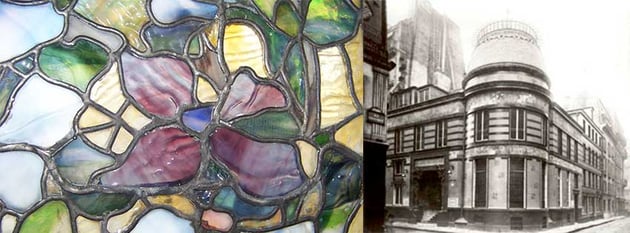
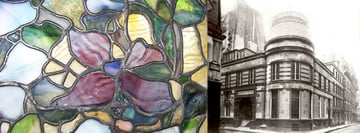
Without the influence of Art Nouveau, the popularization of art could have been kept only for the upper classes until the conception of the Bauhaus (which had a similar principle) or the mid-century modern style architecture and their prefab homes that kicked off after WWII in the US, which were widely accessible for people of all classes.
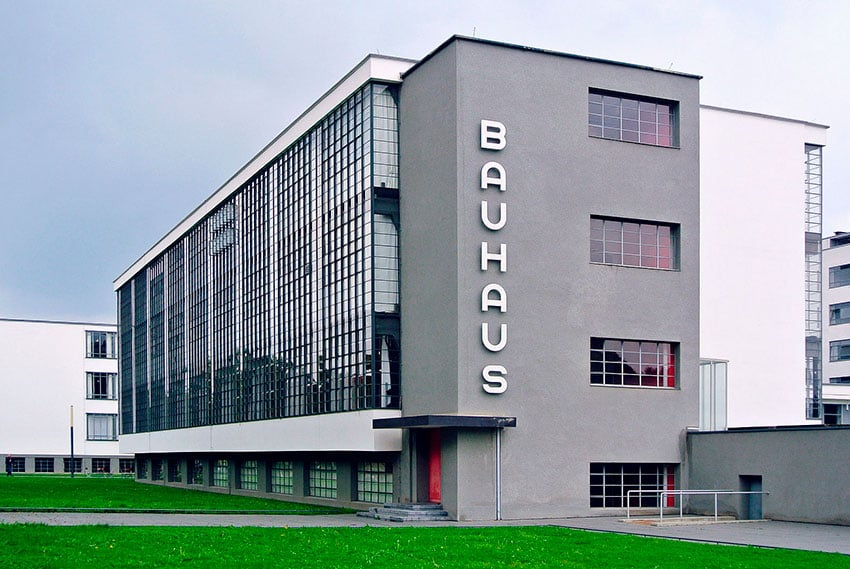
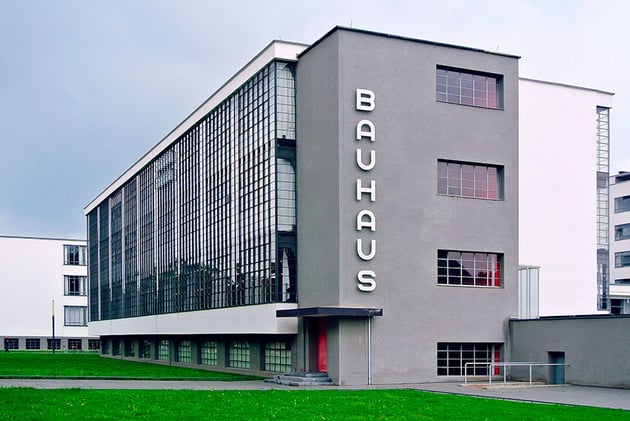

By 1885, Alphonse Mucha had created the famous Gismonda poster featuring Sarah Bernhardt. Later that year, Maison de l’Art Nouveau was opened by Siegfried Bing, a famous art dealer. The gallery sold art and design in the Art Nouveau style. A few years later, Art Nouveau works were shown at the 1900 Exposition Universelle in Paris, an acclaimed success that served to spread the style.
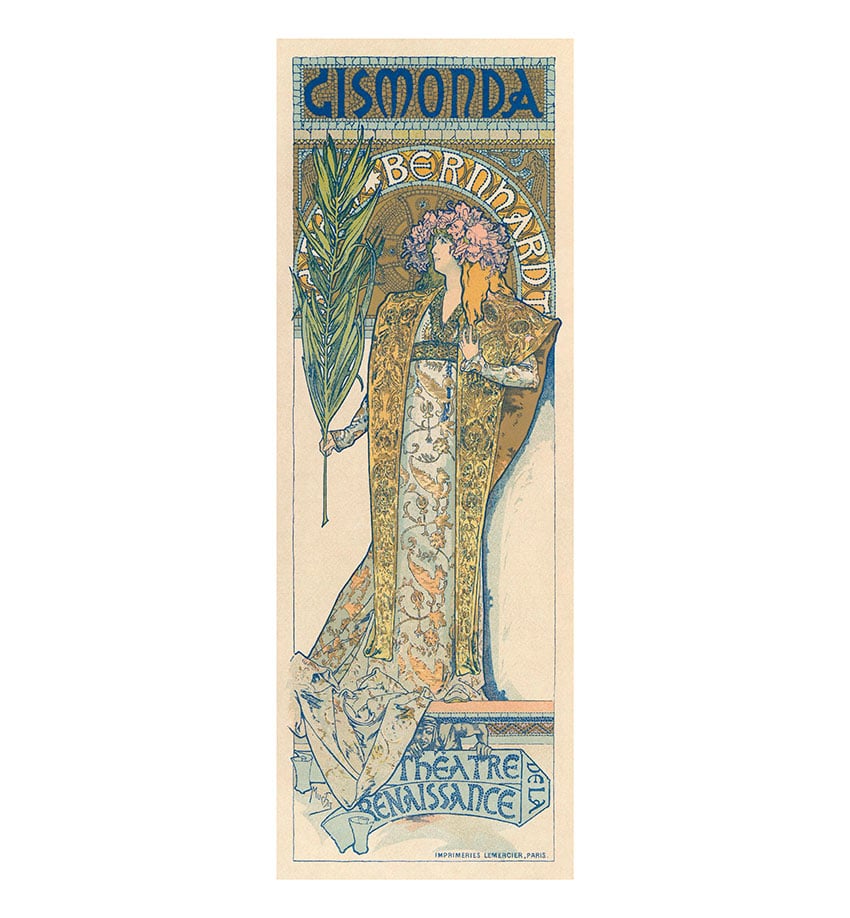

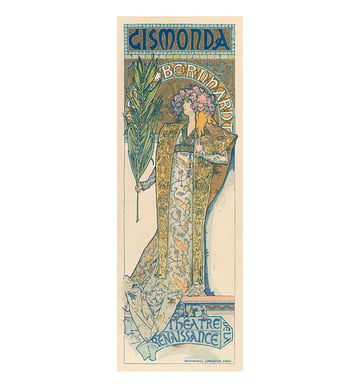
2. Characteristics of the Art Nouveau Style
The movement drew inspiration from botanicals and the literary movement of Romanticism from the 18th century. The rococo style from the early 1700s was also used as inspiration in Art Nouveau with its organic forms. Art Nouveau artists use delicate curves, whiplash lines, and organic forms found in plants to achieve a sense of movement in their work. This can be seen across all creative disciplines, from architecture to furniture and jewelry design.
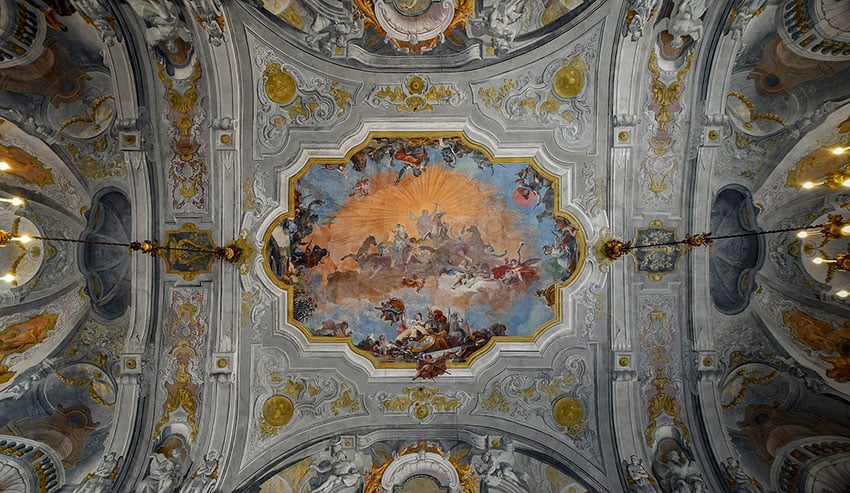

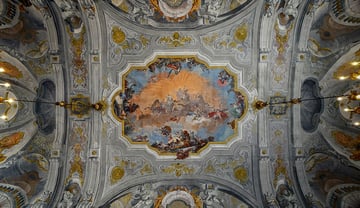
Japanese Influence in the Art Nouveau Style
The flat perspective in many posters was influenced by ukiyo-e and Japanese woodblock printing. This genre of Japanese art was published in a monthly journal by Siegfried Bing. It served as inspiration for many artists by using abstract color palettes, asymmetrical compositions, and flat planes.



Japonisme is the French term for the influence of Japanese art in Europe. Japan had an influence in Europe long before Art Nouveau, but this style made it even more prominent.
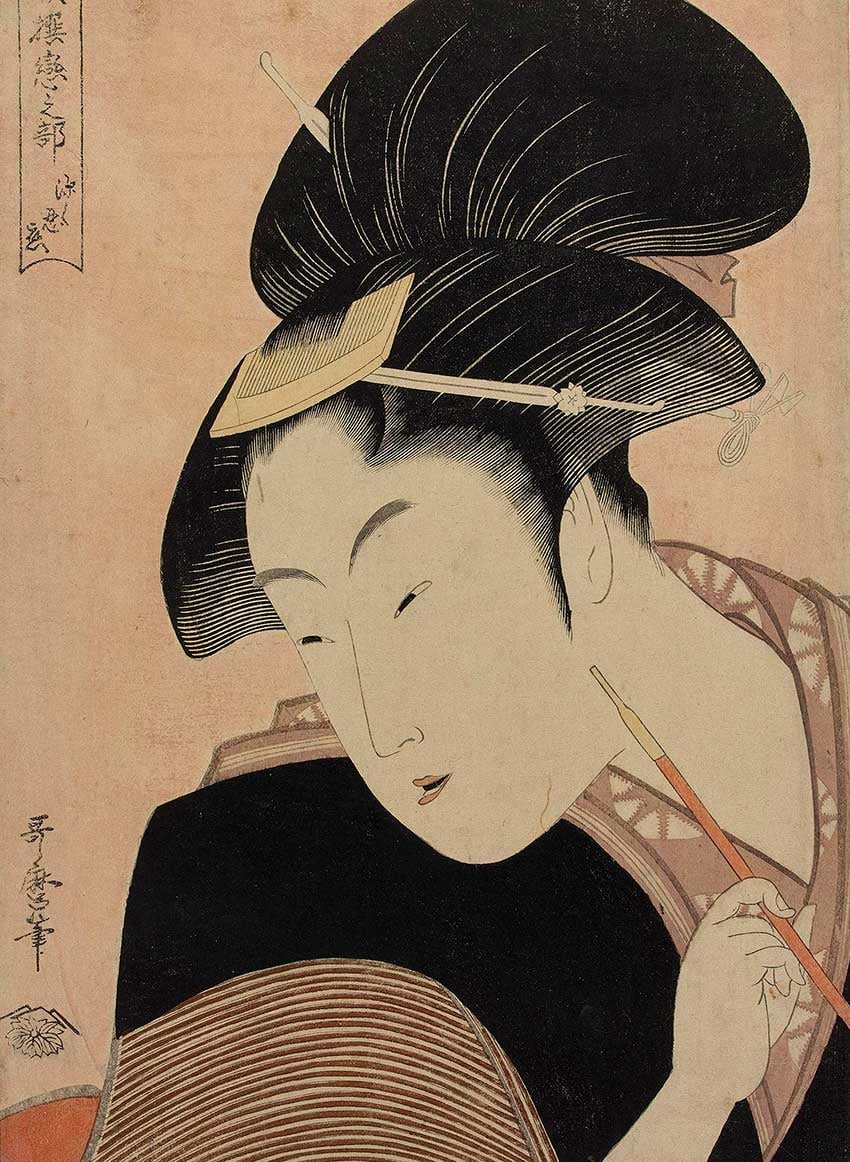
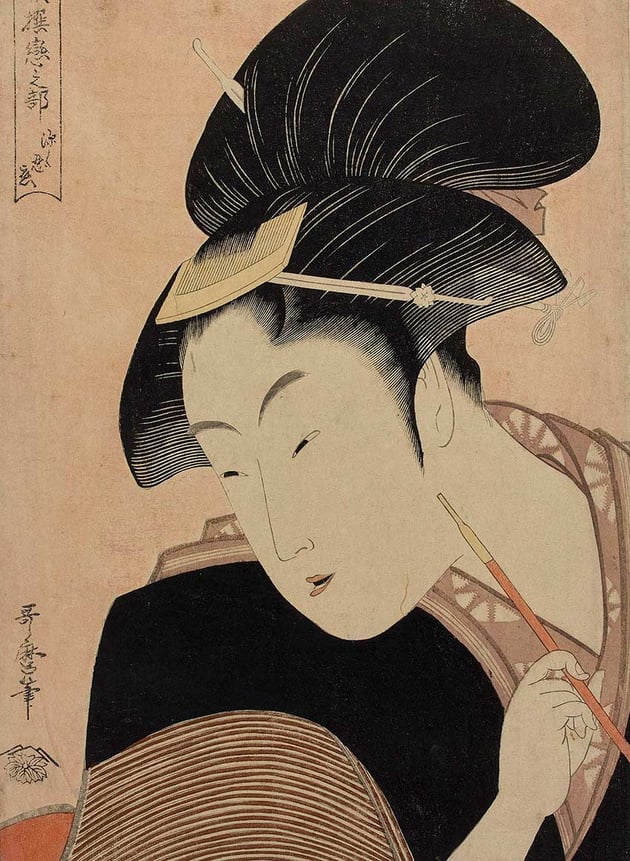
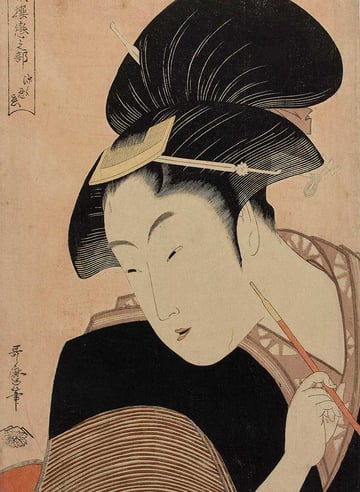
Many artists replicated the subject matter of Japanese art, like the focus on women and their daily activities and landscape paintings. Others adopted techniques like black outlines, toned-down color palettes, the use of blocks of color, and flat planes.
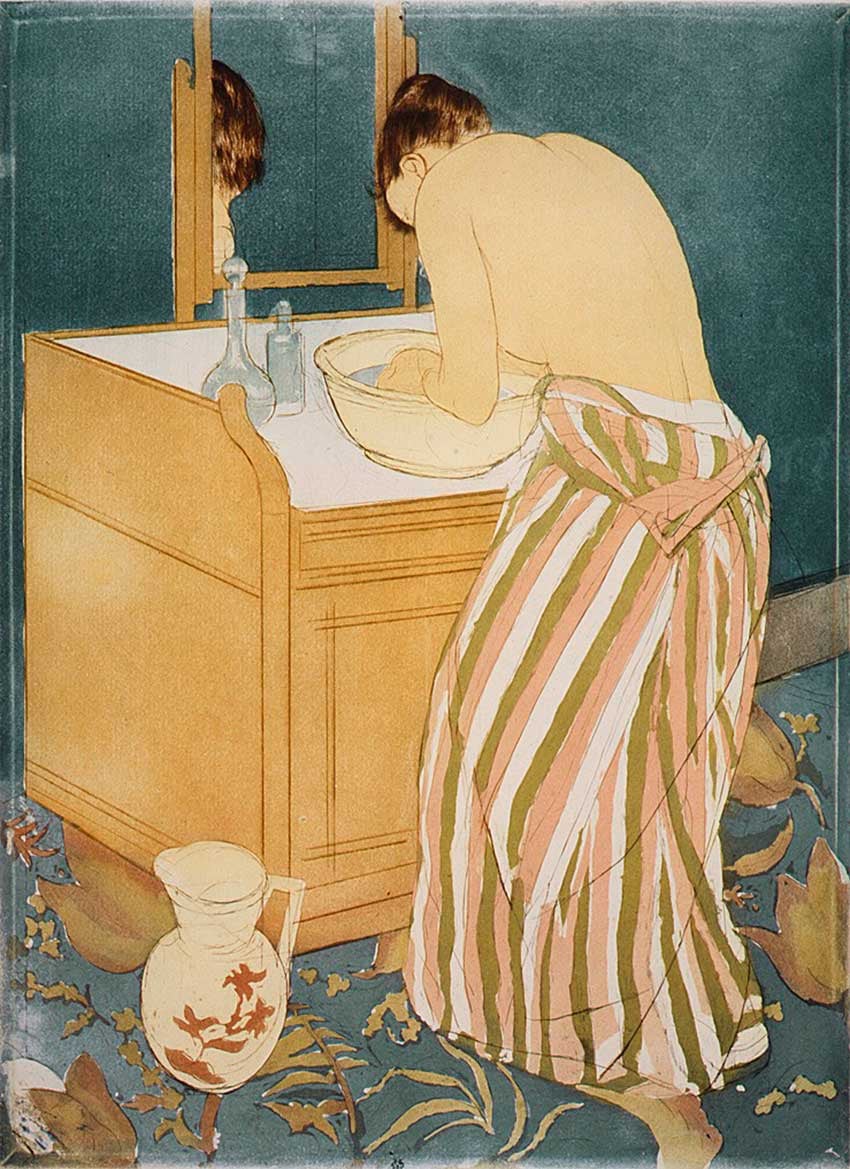

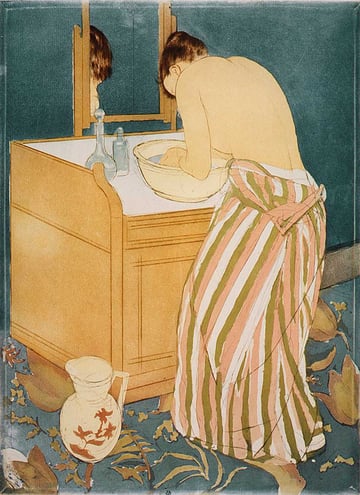
Art Nouveau Women
Art Nouveau also reflected a sexual awakening and was obsessed with the beauty of the female form. Women in Art Nouveau were muses and were depicted with a sense of eroticism. Such is the case of Alfons Mucha, the Czech painter who is well-known for his distinctive decorative posters of the actress Sarah Bernhardt. That specific poster of the play Gismonda was an overnight success.
Many artists’ work featured idealized female bodies with elegant gowns that looked luxurious and erotic. While Art Nouveau artists were obsessed with female beauty, they also idealized the female form and commercialized eroticism. Women were able to take these potentially degrading depictions and turn them into tools to liberate themselves. Such was the case later on in the 1960s and 70s with the psychedelic movement.

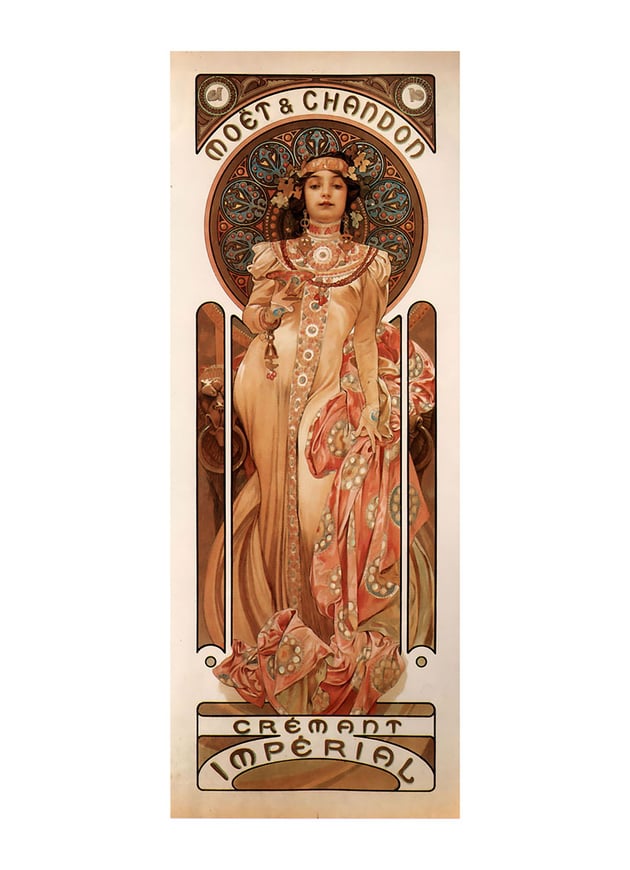

Art Nouveau Fonts
Typographically, letterforms were influenced by the same characteristics of organic and free-flowing shapes, and many of the fonts were handmade. Some letters were more elongated and embellished—think back to the inspiration of femininity. Art Nouveau typography skewed away from a manufactured appearance.



3. Influence of the Art Nouveau Style
The Art Nouveau movement went by many other names and reached international acceptance due to advances in printing. While France is the country most associated with the New Art, other countries gave it its own name: Jugendstil in Germany, the Modern Style in Britain, and Vienna Secession in Austria, each with their own specific traits. The movement influenced other art movements that emerged later in the new century.


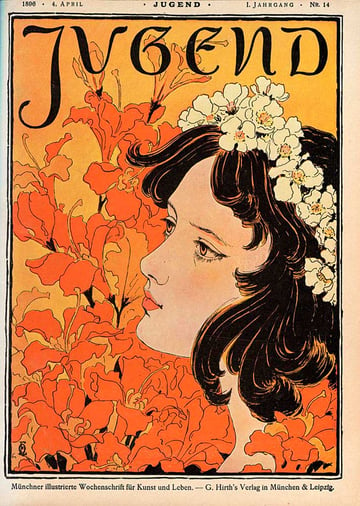
Art Nouveau vs. Art Deco
Art Deco is commonly used as a synonym for Art Nouveau. But the truth is, shortly before WWI, Art Nouveau started to fade out, giving way to Art Deco in France and expanding in the US and the rest of Europe in the 1920s and 30s. Technological advances expanded the luxury industry and increased wealth, increasing the social status of many decorative artists.

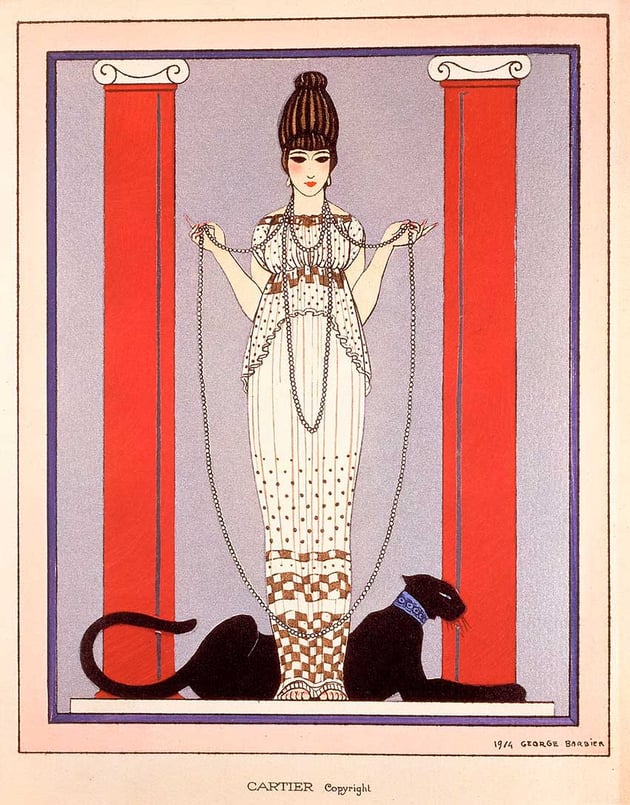
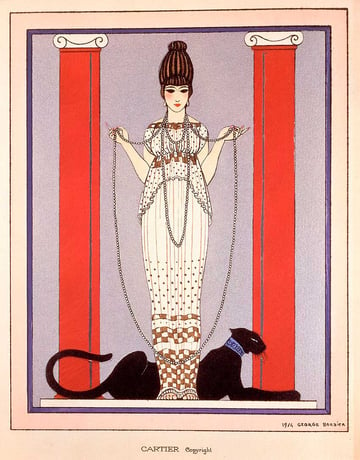
Art Nouveau was a clear response to artists wanting to break free from classic art, whereas Art Deco was all about glamorizing the industrial revolution. Visually, Art Deco borrowed a few elements from Art Nouveau, like botanicals, and included sharp angles and geometrical shapes.


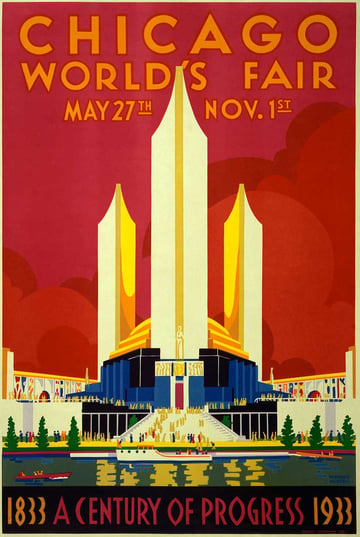
Art Nouveau and the Psychedelic Movement
In the 1960s and 70s, we saw a reinterpretation of Art Nouveau with the Psychedelic movement. It all emerged in San Francisco, from the rebellion against the military-industrial complex, where there was an increased use of psychedelic drugs, changing perceptions of sexuality, and a love of rock music.

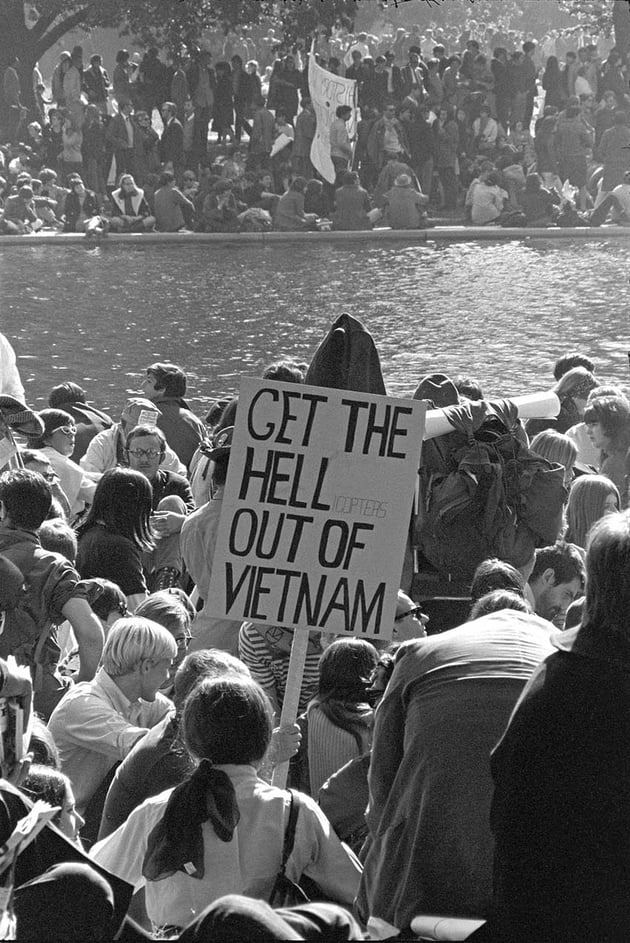
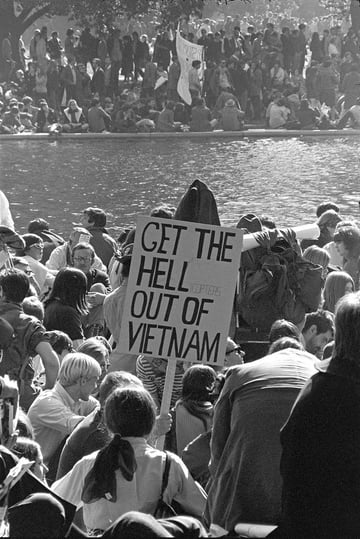
This rebellion was reflected in Art Nouveau designs—some say ‘Art Nouveau on acid’. The classic Art Nouveau imagery was altered and used as posters, and the alterations were truly leveled up. Acid colors, trippy flowing lines, bold hand-lettering, and flower patterns were prominent for the Psychedelic movement. Art Nouveau started off as a counterculture celebrating cultural experimentation and sexual freedom. During these years it was all about flower power, freedom, and peace.

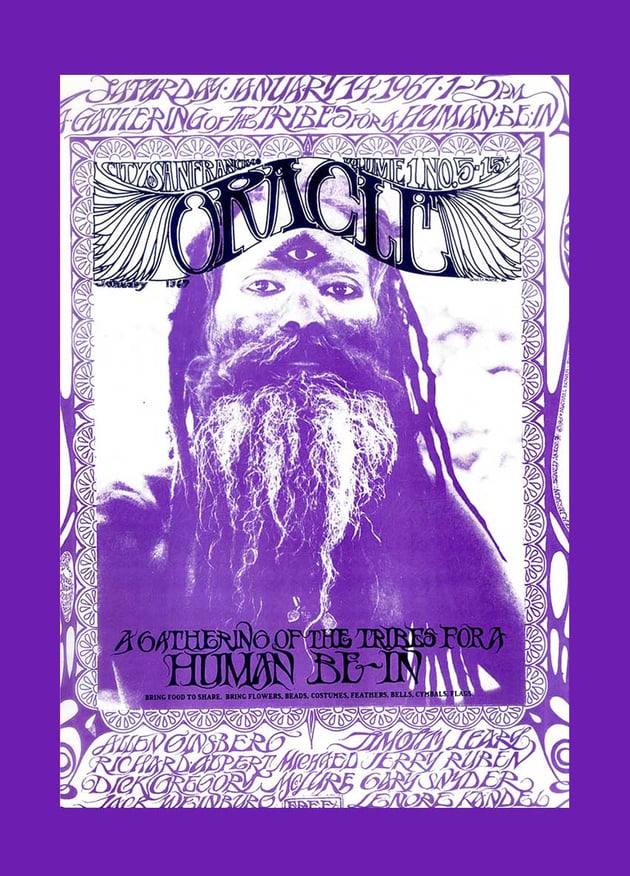
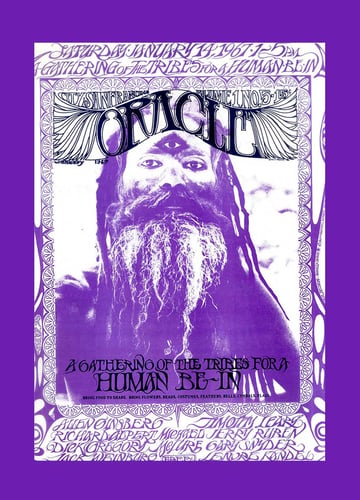
Art Nouveau Today
The Art Nouveau style can be seen in more recent revivals, e.g. in the early 2010s there was a resurgence of hand-drawn typefaces that exemplified the same qualities as the ones seen in the Art Nouveau period. Serif fonts with elegant swirls and flourishes also bring back the sense of craftsmanship mixed with technology. We’ve also seen branding influenced by the Art Nouveau period, especially branding for luxury products.
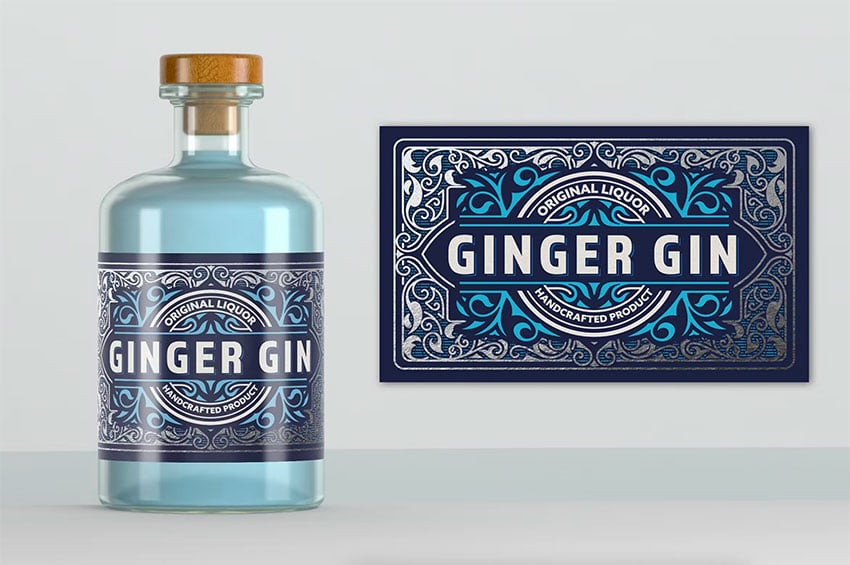
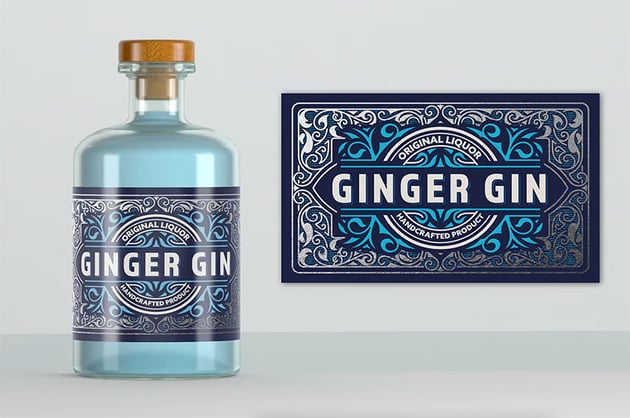
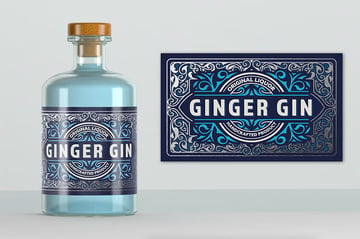
The legacy of Art Nouveau is celebrated with its own day, June 10th, the death anniversary of two famous architects of the movement: Antoni Gaudí and Ödön Lechner. A day like this keeps Art Nouveau alive.

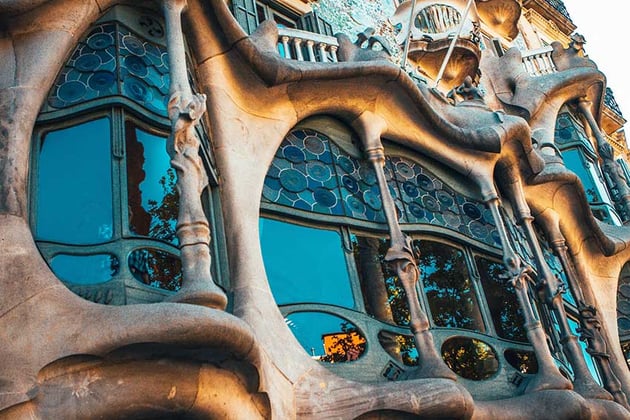
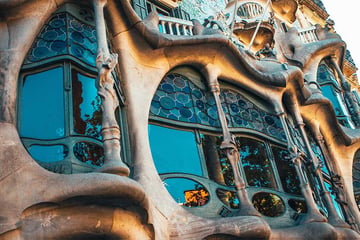
Conclusion
The Art Nouveau movement put an end to the belief that paintings and sculptures were superior to other crafts and brought art to different social classes. We can see this replicated with the 1960s and 70s psychedelic movement. Both styles stemmed from dissatisfaction with society and the desire to be free.
The Art Nouveau movement is also a great example of a movement that spans multiple creative disciplines. In graphic design, the Art Nouveau style did the heavy lifting and brought the popularity of poster design as a form of advertising.
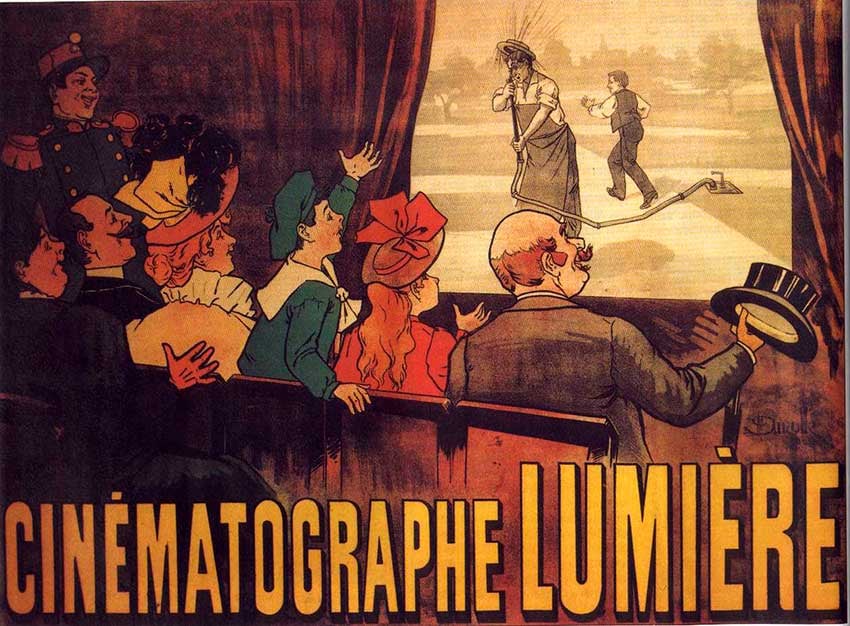


So why hasn’t Art Nouveau ever really gone away? Like many movements, art styles are a response to sociocultural and political events at any given time. Artists are also looking to break away from the rules and rigidity of certain styles. Art Nouveau’s predecessor, the Arts and Crafts movement, was a reaction against mass production and the devaluation of art, eventually giving room to the Art Nouveau period. The 60s and 70s psychedelic movement was a rebellion against wartime and a fight for freedom, and ultimately a response to the clean and geometrical Modernist styles.

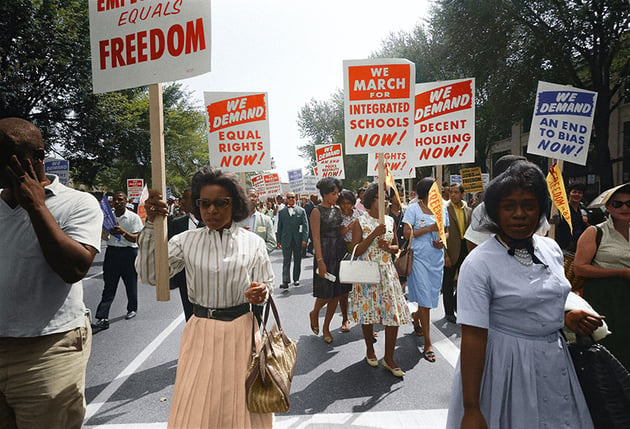
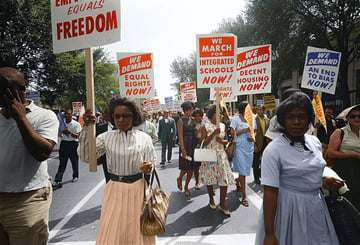
Technological advances awaken a nostalgia, love, and appreciation for craftsmanship. While not exactly replicating the style of Art Nouveau, the love for craftsmanship and exploration came back once more in the late 80s and early 90s with the grunge style led by David Carson.
We’ve seen a resurgence of Art Nouveau since the beginning of the decade, mimicking similar typefaces and developing brands inspired by luxury and craftsmanship. The popularization of Artificial Intelligence, generative creative tools, and industrialization (yet again) in the last few months might push some artists over the edge and bring back the love for craftsmanship, proving that the essence of Art Nouveau comes back to be on-trend every few years.

